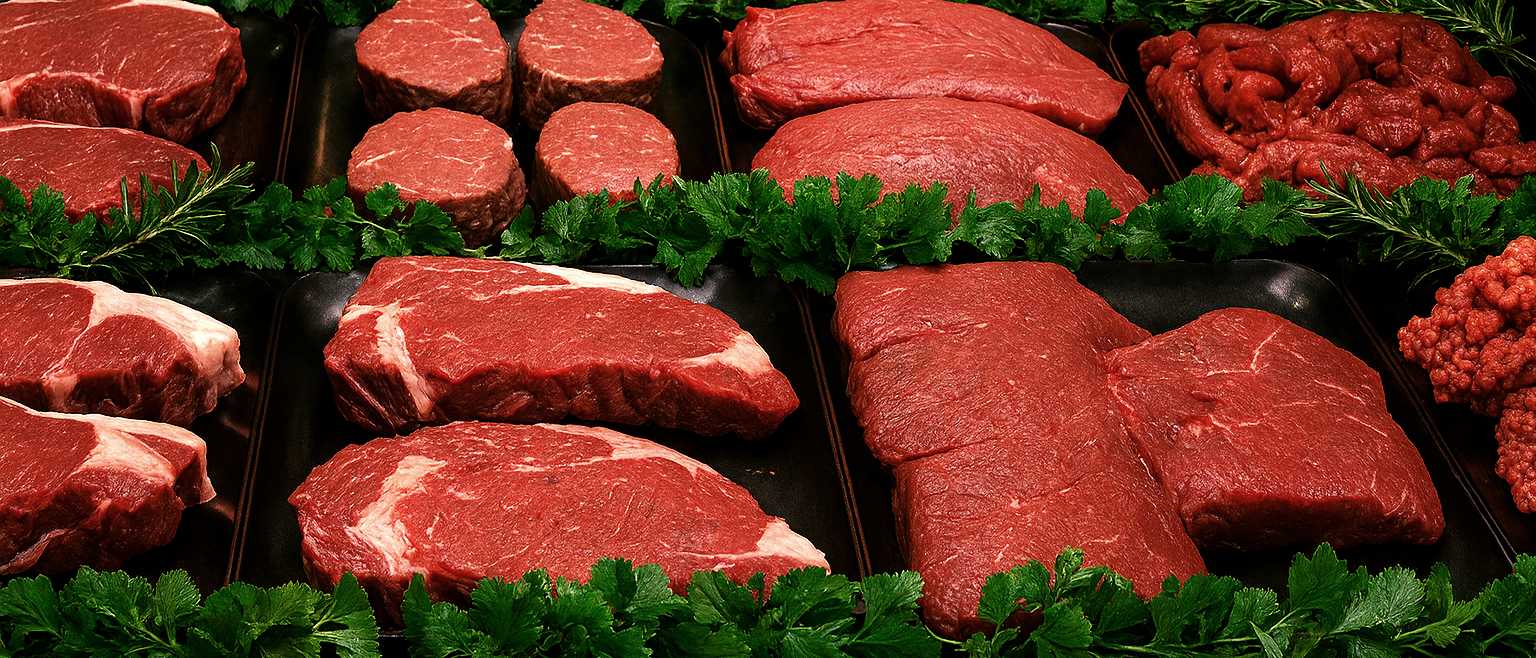
Start with your butcher. A good butcher will tell you what breed the animal was, how it was raised, and when it was killed. They’ll recommend cuts you might not have considered, and they’ll understand how to cook them. Don’t be afraid to ask questions. What farm did this come from? Was it grass-fed? How long has it been hung? If they can’t or won’t answer, it may be time to find another butcher.
When buying beef, look for visible fat — especially the thin lines of marbling that run through the meat. This intramuscular fat carries flavour and keeps the meat tender when cooking. Fat isn’t the enemy; in good meat, it’s part of the reward. The colour should be a rich deep red, not bright supermarket pink, and the fat should be creamy or ivory, not stark white.
For pork, look for darker meat and a generous cap of fat, especially if it’s from a traditional breed like Tamworth or Gloucester Old Spot. Pork should smell clean and feel firm to the touch. If you can, buy it with the rind on — good pork crackling is worth it.
Lamb and mutton tell their own stories. Younger lamb will be lighter in colour, with delicate fat and a milder flavour. Older lamb (hogget) and mutton will have more fat and a deeper, more complex character — perfect for long, slow cooking. Don’t be put off by fat or deeper colour; they’re often signs of quality.
Understand labels, but don’t rely on them blindly. ‘Grass-fed’ in the UK generally means the animal was raised on pasture, but it’s worth confirming. ‘Outdoor bred’ or ‘free-range’ for pork and poultry can mean very different things depending on who’s doing the selling. Trust relationships more than packaging — and whenever possible, know your producer.
And finally, don’t just shop by cut. Shop by purpose. Instead of asking for “steak,” say you’re cooking over fire. Instead of “roast,” say you want something that cooks low and slow. Let your butcher guide you — and don’t be afraid to try something new. The best meat is often not the most expensive or familiar, but the cut that’s suited to the dish and cooked with care.